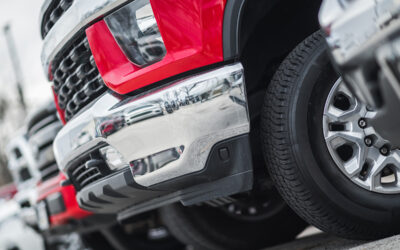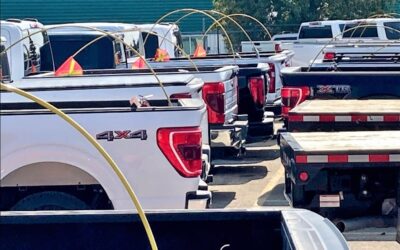Must Dos to Improve Ergonomics for Fleet Drivers
Fleet drivers are some of the most skilled drivers on the roads, however, being on the road all the time does have its downsides. According to the Bureau of Transportation Statistics, fleet drivers are more likely to exceed the average commute time. As we are aware, being in a cramped place for an extended period is going to do some harm to the driver’s body. Fleet supervisors are now taking the drivers’ safety more seriously than ever. It’s important to know how to make these drivers comfortable while they are getting the work done.
It has been found that fleet drivers who are ignoring ergonomic suggestions are experiencing long term injuries. This includes injuries to the neck, shoulder, hands and back. Other noticeable problems are cramps and pressure points in the legs, lower back injuries, and even damage to the spinal disc. However, there are steps to prevent these injuries.
Ergonomic Tips for Fleet Drivers While on the Road:
- Keep your seat tilted at a 110-degree angle from your legs
- This minimizes additional pressure to the spinal disc.
- When travelling in vehicles that vibrate, tilt your seat slightly every 20 mins
- Vibrations can cause changes in bones and joints, tendons, muscles and even the nervous system.
- Take breaks to walk around
- If you’re on the road for two or more hours, getting out and walking/stretching can help circulate blood flow.
- Adjust your mirrors
- If they are in the right position and you start slouching, it’s a cue to sit back up.
In addition to these types of injuries, many happen outside of the car. The most common place for injuries for fleet drivers is loading and unloading heavy cargo.
What to Avoid When Loading/Unloading
- Don’t bend down/over while standing in the bed to pick things up. This will put pressure on your lower back and shoulders.
- Don’t attempt to reach for cargo too far or low into the bed of the fleet truck.
- Don’t twist your body into awkward positions to avoid stress on your spine.
- Don’t store items in the backseat – this can cause uncomfortable twisting while trying to retrieve something in the back.
It’s the responsibility of fleet managers to make sure their fleet drivers are following these simple steps to make sure they are not putting their bodies in jeopardy. Fleet managers can help by making sure their crew has the proper training. Many fleet managers will also supervise the loading and unloading firsthand to make sure it’s being done correctly. If that’s not enough, components such as fold out steps, work benches, tailgates and even drop-down systems can be added to make loading/unloading simpler. This will decrease loss of employees due to injury, and will increase in their productivity.
Summit Fleet understands that you want to get the job done fast. Take these additional precautions so you can finish many more projects with your fleet.
Sources:
https://shilohchiropractic.com/conditions/trucker_ergonomics.pdf
https://www.fleetfinancials.com/channel/safety-accident-management/article/story/2016/08/the-do-s-and-don-ts-of-fleet-ergonomics.aspx
https://www.automotive-fleet.com/channel/safety-accident-management/article/story/2017/09/ways-to-improve-driver-ergonomics-for-fleets.aspx






